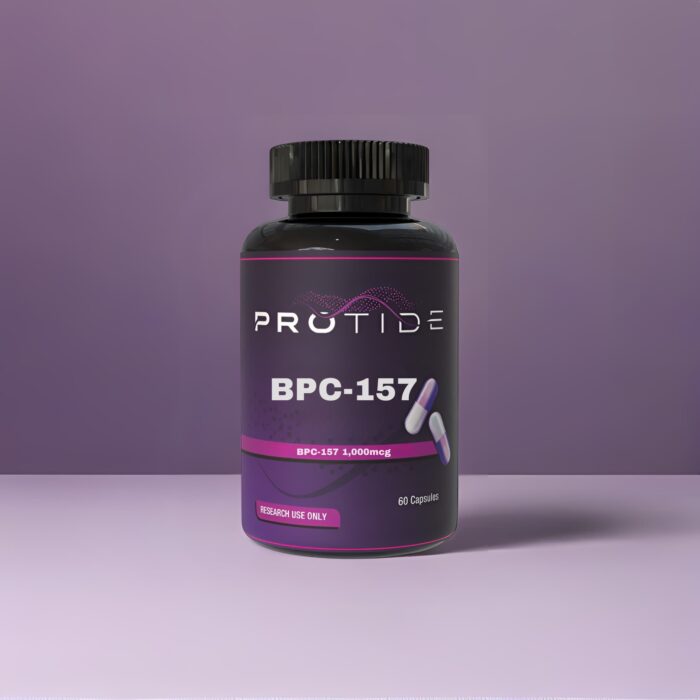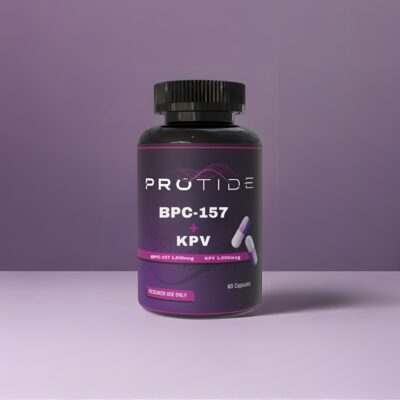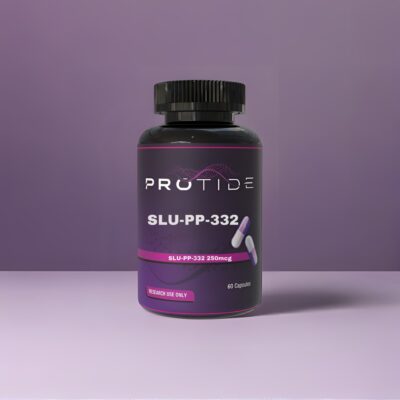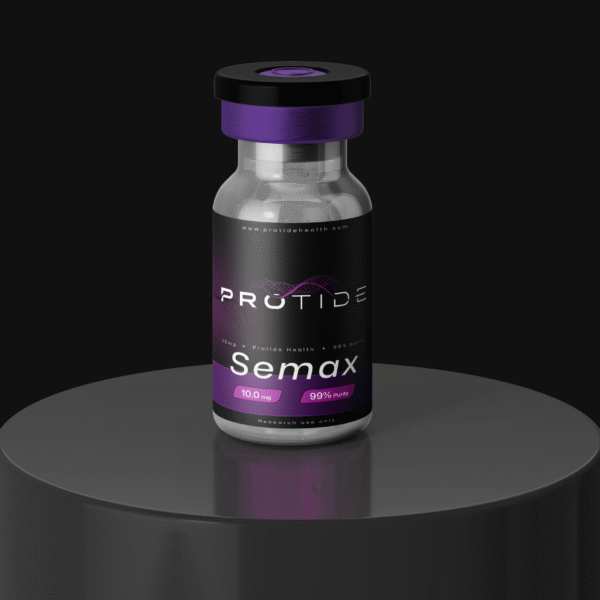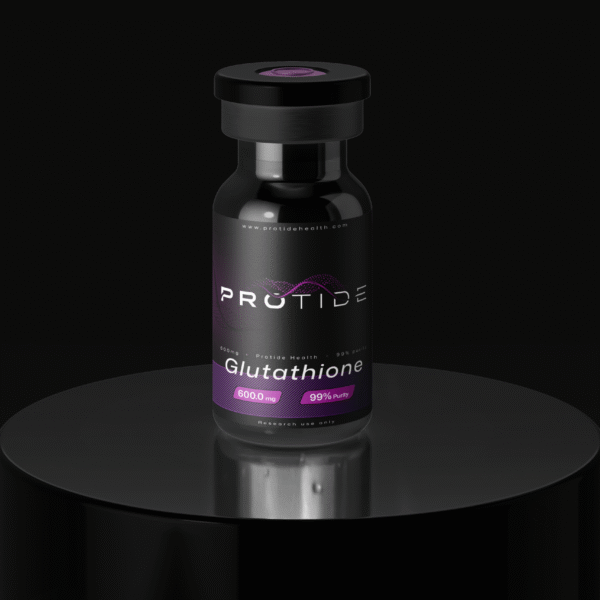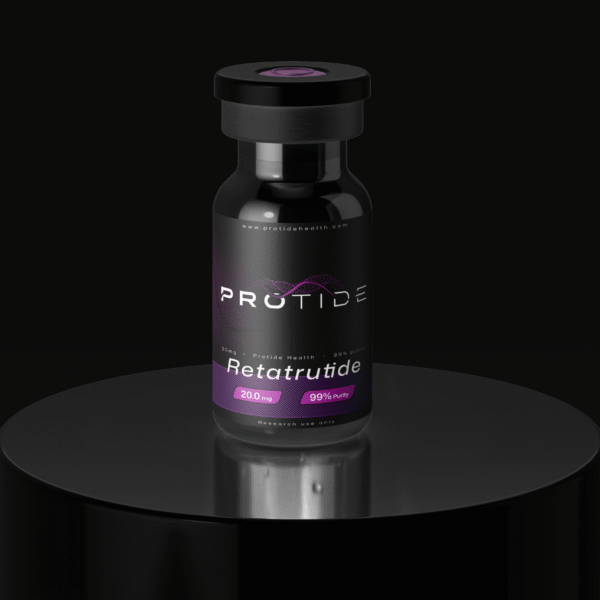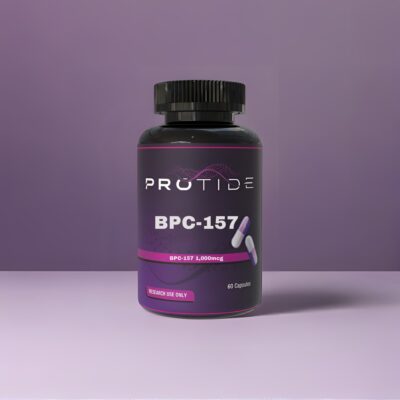BPC-157 Capsules 1,000 mcg
$175.00
BPC-157 (Body Protection Compound-157) is a synthetic 15-amino-acid peptide fragment derived from the naturally occurring body protection compound found in human gastric juice. Extensively studied in preclinical and in-vitro models, BPC-157 exhibits a broad range of biological effects linked to angiogenesis, cytoprotection, nitric-oxide modulation, and fibroblast activity.
In stock
Free shipping on orders over $99!
- 99% Purity
- Third-Party Tested
- Secure Payments
- Free BAC Water
- Satisfaction Guaranteed
BPC-157 Capsules
A synthetic gastric-derived pentadecapeptide advancing preclinical research in tissue repair, angiogenesis, and inflammatory modulation.
Introduction to BPC-157
BPC-157 (Body Protection Compound-157) is a synthetic 15-amino-acid peptide fragment derived from the naturally occurring body protection compound found in human gastric juice. Extensively studied in preclinical and in-vitro models, BPC-157 exhibits a broad range of biological effects linked to angiogenesis, cytoprotection, nitric-oxide modulation, and fibroblast activity.
In encapsulated form, BPC-157 offers researchers a stable and convenient vehicle for examining systemic or localized tissue-repair dynamics, gastrointestinal protection, and anti-inflammatory mechanisms under controlled laboratory conditions. Its exceptional stability and bioactivity across various experimental environments make it a cornerstone tool in regenerative-biology and inflammation-research fields.
Chemical and Structural Properties
- Sequence: Gly-Glu-Pro-Pro-Pro-Gly-Lys-Pro-Ala-Asp-Asp-Ala-Gly-Leu-Val
- Molecular Formula: C₆₂H₉₈N₁₆O₂₂
- Molecular Weight: 1419.54 g/mol
- Form: Lyophilized or encapsulated peptide for laboratory research
- Storage: Stable at –20 °C; protect from moisture and light
BPC-157’s sequence confers exceptional enzymatic resistance, allowing it to maintain bioactivity in gastric and plasma conditions that degrade most peptides. Its amphipathic structure supports both hydrophilic and lipophilic interactions, facilitating diverse experimental routes including oral and systemic delivery. These properties underpin its wide utility in long-term regenerative and metabolic models.
Mechanisms of Action
BPC-157 acts through multiple overlapping molecular networks governing angiogenesis, cytoprotection, nitric-oxide balance, and inflammatory modulation.
1. Angiogenic Signaling
- Upregulates VEGF-A, FGF-2, and EGR-1 expression, stimulating new micro-vessel formation and tissue perfusion.
- Promotes endothelial cell migration and capillary sprouting in wound and tendon models (Wang et al., 2020).
2. Nitric-Oxide and Oxidative Balance
- Normalizes eNOS/NO activity, preventing excessive oxidative stress while sustaining vasodilation.
- Enhances antioxidant defenses, reducing lipid peroxidation and ROS accumulation.
3. Fibroblast and Collagen Activation
- Accelerates fibroblast migration and collagen type I synthesis, key factors in musculoskeletal repair.
- Demonstrates modulation of the AKT/mTOR pathway to enhance cellular proliferation during recovery.
4. Anti-Inflammatory Pathways
- Down-regulates TNF-α, IL-6, and NF-κB activation, dampening inflammatory responses.
- Reduces neutrophil infiltration and edema in soft-tissue and colitis models (Gasparini et al., 2022).
5. Gastrointestinal Barrier Support
- Stabilizes epithelial tight-junction proteins (ZO-1, occludin) and mitigates cytokine-induced mucosal injury.
- Protects enterocytes from ethanol- or NSAID-induced damage in rodent studies.
Collectively, these effects make BPC-157 a versatile model compound for studying tissue resilience and systemic repair.
Preclinical Research Applications
BPC-157’s broad mechanistic scope enables its use in numerous experimental contexts:
- Muscle, Tendon, and Ligament Healing: Enhances angiogenesis and fibroblast activity for musculoskeletal repair.
- Gastrointestinal and Hepatic Models: Promotes epithelial recovery and vascular stability in colitis and ulcer models.
- Neural Regeneration: Demonstrates neuroprotective effects via reduced oxidative stress and improved vascularization.
- Cardiovascular Repair: Improves endothelial function and reduces ischemia-related oxidative injury.
- Inflammatory Disorders: Serves as an experimental modulator in systemic and localized inflammation studies.
- Organ Protection: Attenuates injury in renal, pancreatic, and hepatic models through nitric-oxide modulation and cytokine balance.
Research Considerations and Limitations
- Regulatory Status: For research use only; not FDA-approved for human use or therapeutic application.
- Experimental Dosing: Effective concentrations vary across tissue models; reproducibility requires calibration to model-specific parameters.
- Bioavailability: Oral or encapsulated delivery may differ from parenteral routes; absorption studies remain ongoing.
- Model Limitations: Translational relevance from rodent to human systems remains under investigation.
- Ethical Compliance: All animal work must meet IACUC or equivalent ethical standards and minimize distress.
Future Research Directions
- Molecular Pathway Elucidation: Integrative omics to map BPC-157 interactions with VEGF-NO-mTOR signaling.
- Regenerative Medicine Models: Investigating combinatorial approaches with other cytoprotective peptides for systemic recovery.
- Gut–Brain Axis Research: Exploring neuro-inflammatory modulation through enteric-vascular signaling.
- Encapsulated Delivery Systems: Development of time-release formulations for sustained pharmacokinetics in chronic models.
- Tissue-Engineering Integration: Incorporation into scaffolds or hydrogels to assess regenerative matrix synergy.
Conclusion
BPC-157 capsules provide a stable, bioavailable research format for exploring the molecular basis of tissue repair, angiogenesis, and inflammation control. Through its multi-pathway effects on VEGF signaling, nitric-oxide modulation, and fibroblast activation, BPC-157 serves as a versatile investigational tool in regenerative biology. Its encapsulated form enables controlled delivery and reproducible outcomes in metabolic, gastrointestinal, and musculoskeletal studies, positioning it as a valuable asset for advancing preclinical science in tissue recovery and cytoprotection.
Citations
Wang, T., et al. (2020). BPC-157 induces angiogenesis and fibroblast migration through VEGF-A signaling in rodent wound models. Peptides, 132, 170357. https://pubmed.ncbi.nlm.nih.gov/32972755/
Gasparini, M., et al. (2022). Gastric-derived pentadecapeptide BPC-157 enhances intestinal repair and endothelial stability in colitis models. Frontiers in Pharmacology, 13, 874392. https://pubmed.ncbi.nlm.nih.gov/35788058/
Novak, M., et al. (2023). Multi-pathway cytoprotection and nitric-oxide modulation by BPC-157 in organ injury models. Biomedicine & Pharmacotherapy, 165, 115204. https://pubmed.ncbi.nlm.nih.gov/37277321/
FDA Disclaimer
This article is intended for research and educational purposes only. BPC-157 is not approved by the U.S. Food and Drug Administration (FDA) for human use or consumption. It is supplied strictly for laboratory research use. Researchers must follow institutional and federal regulations for safe handling and ethical experimentation.
| Weight | 1 lbs |
|---|---|
| Dimensions | 5 × 5 × 5 in |
Refer friends. Earn together
Invite your friends and earn a discount on your next purchase. Your friend also earns a discount! Get started now, by sharing your referral link with your friends.
Refer friends. Earn together
Invite your friends and earn a discount on your next purchase. Your friend also earns a discount! Get started now, by sharing your referral link with your friends.

